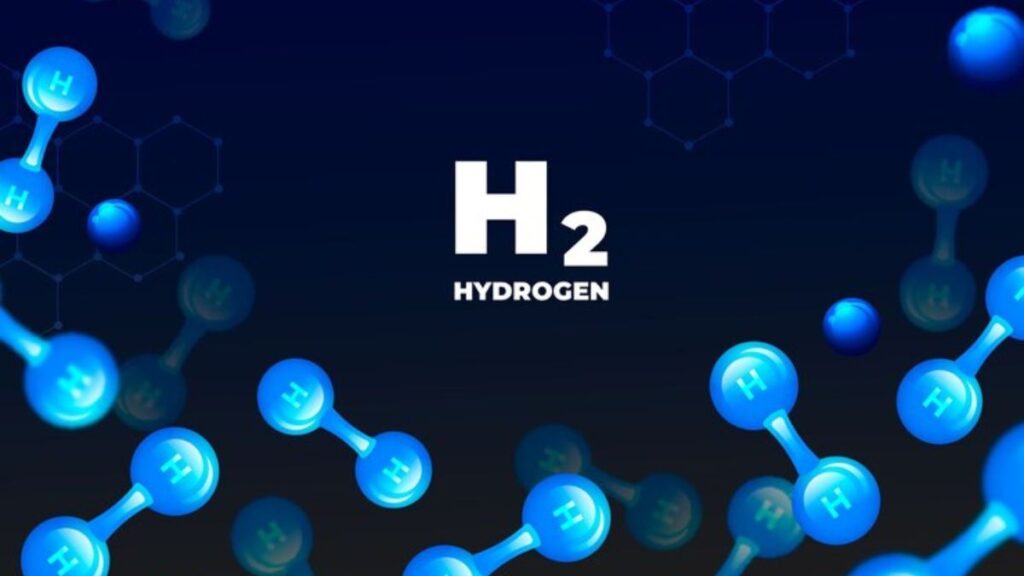Introduction to HCOOCH CH2 H2O
HCOOCH CH2 H2O is a chemical combination that holds significant importance in various scientific and industrial applications. Understanding the properties and behavior of each component—HCOOCH (methyl formate), CH2 (methylene group), and H2O (water)—is essential for leveraging their potential. This article delves into the properties, reactions, and real-world uses of HCOOCH CH2 H2O in detail.
Breaking Down the Components of HCOOCH CH2 H2O
HCOOCH: Methyl Formate
Methyl formate, with the chemical formula HCOOCH, is an ester derived from formic acid and methanol.
Key Characteristics of HCOOCH:
- Chemical Structure: HCOOCH is composed of a formate group (-HCOO) bonded to a methyl group (-CH3).
- Physical Properties: It is a volatile, flammable liquid with a fruity odor, often used in organic synthesis and as a solvent.
- Industrial Applications:
- Used in the production of formamide and dimethylformamide.
- Acts as a precursor for certain resins and pharmaceuticals.
- Commonly used in the fragrance and flavoring industries.
CH2: Methylene Group
The CH2 group represents a single carbon atom bonded to two hydrogen atoms. While simple, it is crucial in various chemical reactions.
Role of CH2 in HCOOCH CH2 H2O:
- Structural Importance: The CH2 group links other functional groups, increasing the molecule’s stability.
- Reactivity: It plays a vital role in reactions like polymerization and substitution processes.
H2O: Water
Water is a universal solvent and plays a critical role in numerous chemical and biological systems.
Significance in HCOOCH CH2 H2O:
- Solvent Properties: Water facilitates chemical reactions involving HCOOCH and CH2.
- Stabilizing Agent: It stabilizes reactive intermediates, ensuring controlled reactions.
Properties and Reactions of HCOOCH CH2 H2O
Physical Properties of HCOOCH CH2 H2O
- Appearance: Typically a clear, colorless solution.
- Odor: Slightly fruity, primarily due to methyl formate.
- Boiling Point: Influenced by the interaction of HCOOCH, CH2, and H2O components.
Chemical Reactions Involving HCOOCH CH2 H2O
- Hydrolysis of HCOOCH:
In the presence of water, HCOOCH undergoes hydrolysis to form methanol and formic acid:- HCOOCH + H2O → HCOOH + CH3OH
- Polymerization:
The CH2 group can undergo polymerization, leading to the formation of larger organic compounds. - Esterification:
HCOOH (from hydrolysis) can react with alcohols to produce esters, useful in industrial processes.
Applications of HCOOCH CH2 H2O
Industrial Uses
- Solvent: The combination of HCOOCH CH2 H2O is effective in dissolving various organic compounds.
- Chemical Synthesis:
- Serves as a precursor for producing formamide, formic acid, and dimethylformamide.
- Used in the manufacture of resins, coatings, and adhesives.
- Flavor and Fragrance Industry: Methyl formate contributes to creating aromatic compounds.
Environmental Applications
- Biodegradable Solvent: HCOOCH CH2 H2O is environmentally friendly and breaks down into harmless substances.
- Water Treatment: H2O in the mixture aids in dilution and stabilization of reactive components.
Laboratory Research
- Study of Chemical Kinetics: The interaction of HCOOCH, CH2, and H2O is studied to understand reaction mechanisms.
- Catalysis: Used as a medium for catalytic reactions due to its stability.
Advantages of Using HCOOCH CH2 H2O
- Versatility: The mixture can be tailored for use in various industries.
- Eco-Friendly: Being biodegradable and less toxic, it has minimal environmental impact.
- High Reactivity: The CH2 group allows for a wide range of reactions, making it adaptable.
FAQs About HCOOCH CH2 H2O
1. What is the primary use of HCOOCH CH2 H2O?
The primary use of HCOOCH CH2 H2O is as a solvent and intermediate in chemical synthesis. It is also employed in industries such as flavoring, fragrance, and resins.
2. How is HCOOCH CH2 H2O synthesized?
HCOOCH CH2 H2O can be synthesized by esterifying formic acid (HCOOH) with methanol (CH3OH), followed by stabilization in water (H2O).
3. Is HCOOCH CH2 H2O environmentally safe?
Yes, the components of HCOOCH CH2 H2O are biodegradable and have minimal toxicity, making it an eco-friendly option.
4. What role does water play in HCOOCH CH2 H2O?
Water acts as a solvent, stabilizer, and facilitator of hydrolysis reactions in the mixture.
5. Can HCOOCH CH2 H2O be used in polymerization?
Yes, the CH2 group in HCOOCH CH2 H2O is reactive and can participate in polymerization processes.
6. What safety precautions are needed when handling HCOOCH CH2 H2O?
Ensure proper ventilation, avoid contact with eyes and skin, and store it in a cool, dry place. Use appropriate personal protective equipment when handling the mixture.
7. Are there any alternatives to HCOOCH CH2 H2O in industrial applications?
Yes, other esters or solvents may be used, but HCOOCH CH2 H2O is preferred for its reactivity and eco-friendliness.
8. How does HCOOCH CH2 H2O contribute to green chemistry?
Its biodegradability and ability to replace more toxic solvents make it an integral part of sustainable and green chemical processes.
9. Is HCOOCH CH2 H2O suitable for large-scale manufacturing?
Yes, its versatility and availability make it suitable for use in industrial-scale operations.
10. Can HCOOCH CH2 H2O be used in pharmaceuticals?
Yes, it is often utilized in pharmaceutical synthesis due to its reactivity and compatibility with various organic compounds.
Conclusion
HCOOCH CH2 H2O is a fascinating chemical combination with versatile applications across multiple fields. Its unique properties, derived from the interplay between methyl formate (HCOOCH), the methylene group (CH2), and water (H2O), make it valuable in industrial, environmental, and research contexts. As industries strive for greener and more efficient solutions, HCOOCH CH2 H2O stands out as an eco-friendly and highly reactive option. Whether you’re involve

